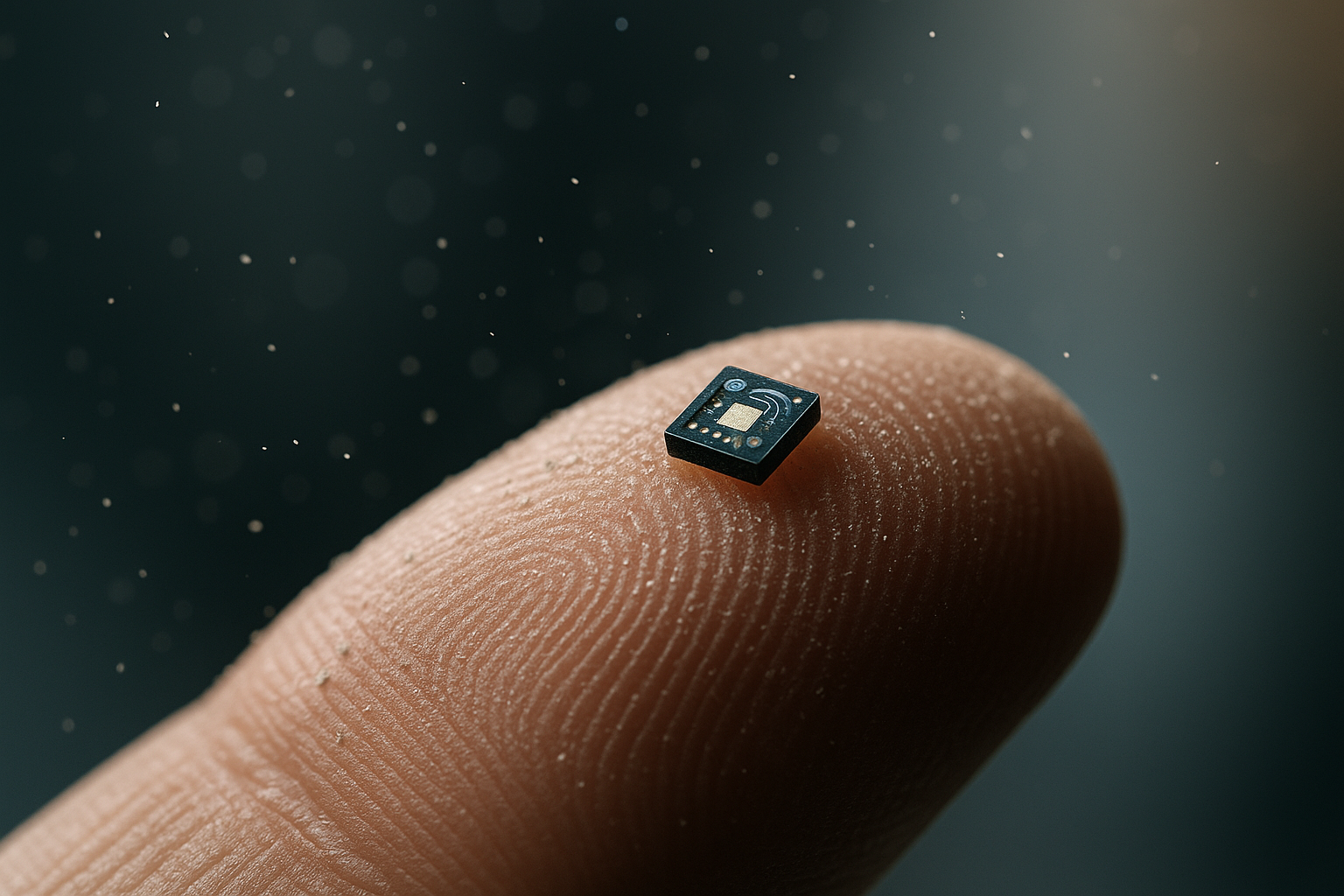"Smart Dust: The Tiny Tech Sensor Revolutionizing the IoT Landscape"
The world of technology is about to get a lot smaller. Imagine tiny, dust-sized devices that can monitor and communicate data about their environment. This is not a science fiction concept, but a burgeoning area of technological advancement known as smart dust.

The Birth of Smart Dust
The concept of Smart Dust originated from a research project by the Defense Advanced Research Projects Agency (DARPA) and the Research And Development Corporation (RAND) in the 1990s. The initial vision was to create thousands of tiny, low-cost, low-power, and multifunctional devices that could communicate with each other wirelessly. These tiny sensors, or “motes,” would be small enough to remain suspended in the air, creating a cloud of “smart dust.”
The Present State of Smart Dust
Fast forward to today, and the concept of Smart Dust has moved from a theoretical concept to an emerging reality. Companies like IBM and Hitachi have been actively developing prototypes of these tiny sensors. The potential applications for Smart Dust are vast, ranging from environmental monitoring and military surveillance to health and agricultural applications.
Smart Dust and the Internet of Things (IoT)
One of the key areas where Smart Dust is expected to make a significant impact is in the field of Internet of Things (IoT). In a world where everything from your fridge to your car is connected to the internet, the addition of Smart Dust could take this connectivity to the next level. With its ability to gather and communicate data about its surroundings, Smart Dust could provide a new level of detail and precision in data collection, making our interconnected world even more efficient and responsive.
The Market Impact and Price Range
While it’s difficult to predict the exact market impact and price range of Smart Dust, it’s clear that this technology could have significant implications across various industries. If we consider the current market for IoT devices, which according to Allied Market Research is expected to reach $1.3 trillion by 2026, the potential market for smart dust sensors could be substantial. As for the price, it’s likely that the cost will decrease as the technology matures and production scales up, making Smart Dust a viable option for various applications.
The Future of Smart Dust
The future of Smart Dust seems promising, but there are still many challenges to be overcome. These include technical issues such as power supply, communication, and data processing, as well as ethical and privacy concerns. However, with ongoing research and development, it’s likely that we’ll see more of these tiny sensors in our everyday lives, paving the way for a new era of ultra-small, ultra-connected devices.
In conclusion, Smart Dust represents an exciting frontier in the world of technology. As we continue to push the boundaries of what’s possible, these tiny devices could play a significant role in shaping the future of connectivity, data collection, and the way we interact with our environment. It’s a tiny technology that could make a big difference.




